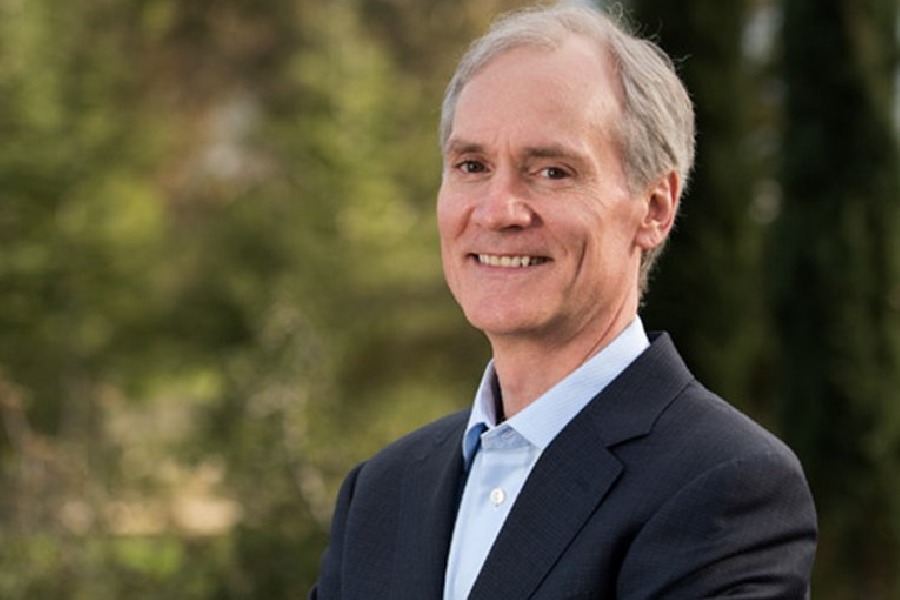Following months of intense scrutiny of his scientific work, Marc Tessier-Lavigne announced on Wednesday that he would resign as president of Stanford University after an independent review of his research found significant flaws in studies he supervised going back decades.
The review, conducted by an outside panel of scientists, refuted the most serious claim involving Dr Tessier-Lavigne’s work — that an important 2009 Alzheimer’s study was the subject of an investigation that found falsified data and that Dr Tessier-Lavigne had covered it up.
The panel concluded that the claim, published in February by The Stanford Daily, the campus newspaper, “appear to be mistaken” and that there was no evidence of falsified data, or that Dr Tessier-Lavigne had otherwise engaged in fraud. But the review also stated that the 2009 study, conducted while he was an executive at the biotech company Genentech, had “multiple problems” and “fell below customary standards of scientific rigour and process”.
As a result of the review, Dr Tessier-Lavigne said he would retract a 1999 paper that appeared in the journal Cell and two others that appeared in Science in 2001. Two other papers published in Nature, including the 2009 Alzheimer’s study, would also undergo what was described as a comprehensive correction.
Stanford is known for its leadership in research, and even though the claims involved work published before Dr Tessier-Lavigne’s arrival, the allegations reflected poorly on Stanford’s integrity.
New York Times News Service











